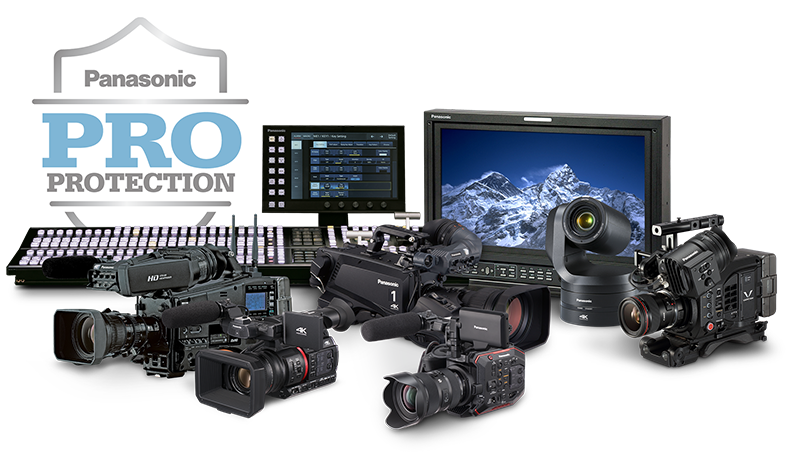
All-electronic designs based on the video camera tube, such as Vladimir Zworykin's Iconoscope and Philo Farnsworth's image dissector, supplanted the Nipkow system by the 1930s. The earliest video cameras were based on the mechanical Nipkow disk and used in experimental broadcasts through the 1910s–1930s. Such cameras are often tuned for non-visible radiation for infrared (for night vision and heat sensing) or X-ray (for medical and video astronomy use). on board a satellite or a space probe, in artificial intelligence and robotics research, and in medical use. Special camera systems are used for scientific research, e.g.Many smartphones have built-in video cameras and even high-end smartphones can capture video in 4K resolution.Webcams are video cameras that stream a live video feed to a computer.radiation, high heat, or toxic chemical exposure). Such cameras are designed to be small, easily hidden, and able to operate unattended those used in industrial or scientific settings are often meant for use in environments that are normally inaccessible or uncomfortable for humans, and are therefore hardened for such hostile environments (e.g. Closed-circuit television (CCTV) generally uses pan–tilt–zoom cameras (PTZ), for security, surveillance, and/or monitoring purposes.Action cameras often have 360° recording capabilities. Since the transition to digital video cameras, most cameras have in-built recording media and as such are also camcorders. Camcorders combine a camera and a VCR or other recording device in one unit these are mobile, and were widely used for television production, home movies, electronic news gathering (ENG) (including citizen journalism), and similar applications.They usually use three sensors to separately record red, green and blue.

PRO VIDEO CAMERA MANUAL
Such cameras generally offer extremely fine-grained manual control for the camera operator, often to the exclusion of automated operation.
PRO VIDEO CAMERA PROFESSIONAL

Recorded video is used in television production, and more often surveillance and monitoring tasks in which unattended recording of a situation is required for later analysis. In the second mode the images are recorded to a storage device for archiving or further processing for many years, videotape was the primary format used for this purpose, but was gradually supplanted by optical disc, hard disk, and then flash memory. A few cameras still serve live television production, but most live connections are for security, military/tactical, and industrial operations where surreptitious or remote viewing is required. The first, characteristic of much early broadcasting, is live television, where the camera feeds real time images directly to a screen for immediate observation. Video cameras are used primarily in two modes.

PRO VIDEO CAMERA MOVIE
President Barack Obama and Small Business Administration Administrator Karen Mills shown onscreen during an East Room event in the White House in 2009Ī video camera is a camera used for electronic motion picture acquisition (as opposed to a movie camera, which records images on film), initially developed for the television industry but now common in other applications as well.


 0 kommentar(er)
0 kommentar(er)
